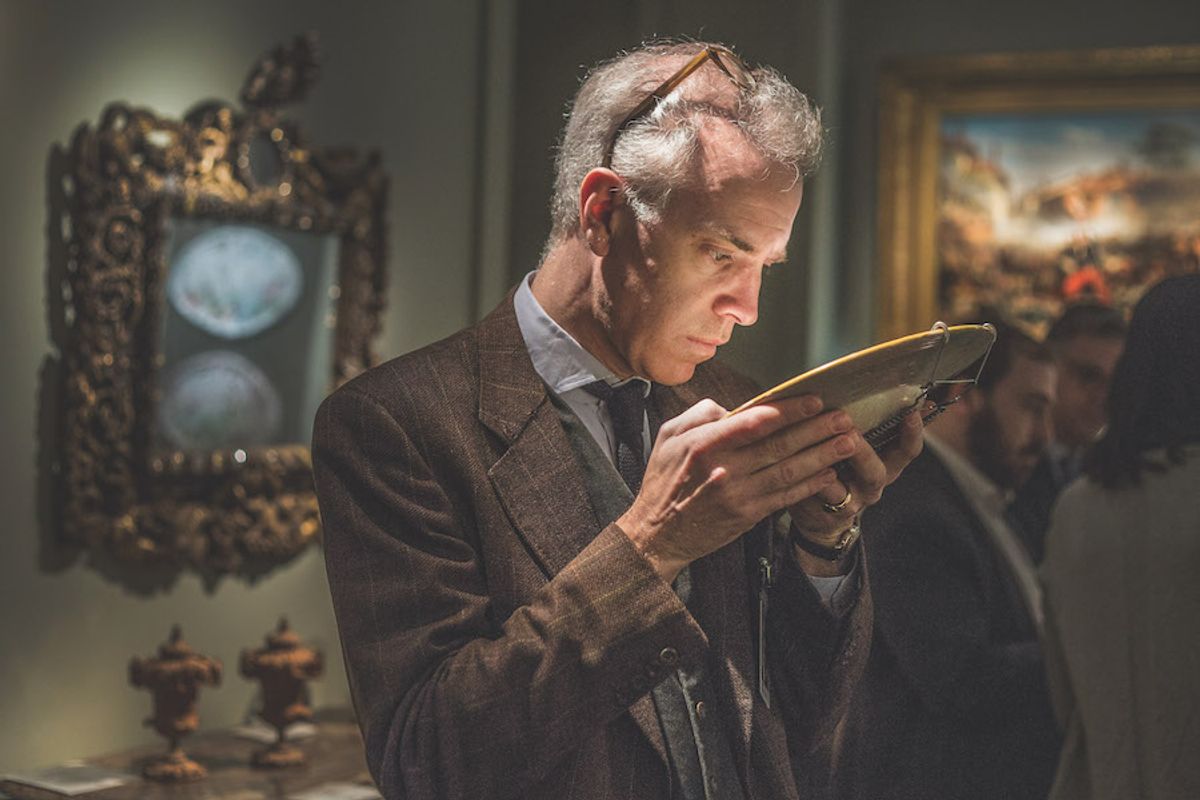Tefaf Maastricht’s (16 to 24 March) decision to remove dealers and auction house professionals as voting members of its vetting committee raises a thorny question. What—if a work of art’s approval by a such a committee offers no legal assurance to the buyer—is the point of them?
Tefaf attributed its decision to “a review of legal issues relating to vetting, specifically good governance and assessment of liability”, which led to it being “advised that vetting committees should consist of experts with as little commercial interest in the art market as possible”. Yesterday, 4 March, the organisation announced that Wim Pijbes, the emeritus general director at the Rijksmuseum, would assume the new role of global chairman of vetting for Tefaf (overseeing the New York and Maastricht fairs), taking over from Henk van Os who previously chaired the vetting committees at Tefaf Maastricht only.
The crux of the issue is potential conflict of interest, a problem auction houses have faced for decades—sometimes, the only consultant with the level of knowledge to advise on a sale in a narrow collecting field is also a prospective buyer. Dealers complain that unscrupulous trade vetters use their power to condemn rivals’ exhibits to settle scores or throw their weight about. But I suspect many of them would balk at a complete trade ban, and academics, curators, scientists and scholars are not necessarily free from prejudice themselves.
What service does a vetting provide to a fair? Tefaf’s 18-page vetting guidelines crucially make the following clear: “All the vetting committees’ decisions are taken in the interests of the fair.” In other words, the fair puts its own reputation first. It is all about the brand, and trust in the brand—particularly important in a market that has the reputation of being unregulated (note: the art world is regulated, just not centrally).
Other leading fair brands also use their vetting committees as a badge of trust. Masterpiece London has a vetting team of over 150 specialists, including museum curators, academics and dealers. It’s chairman, Philip Hewat-Jaboor, says: “We believe it is important to have the right people with the greatest expertise and knowledge vetting each discipline at the fair, regardless of an individual’s background.”
Frieze Masters’ vetting committee of around 35 also includes dealers, although it has “never allowed representatives from participating galleries to vet at Frieze Masters”, says Nathan Clements-Gillespie, the fair’s artistic director.
Freya Simms, the chief executive of the UK dealer association Lapada, describes Tefaf’s new policy as “bold and interesting”, but says she will continue to trade on the vetting committee of the Lapada fair in London. “Dealers are more likely to be at the sharp end of the market, handling the sale of works of art on a daily basis,” she argues. “They have an invaluable expertise and familiarity with this area of the market that we are not inclined to lose.”
In some ways Tefaf’s decision is only to be expected. But could it be swapping one set of problems for another?
- Ivan Macquisten is an art market consultant and journalist


